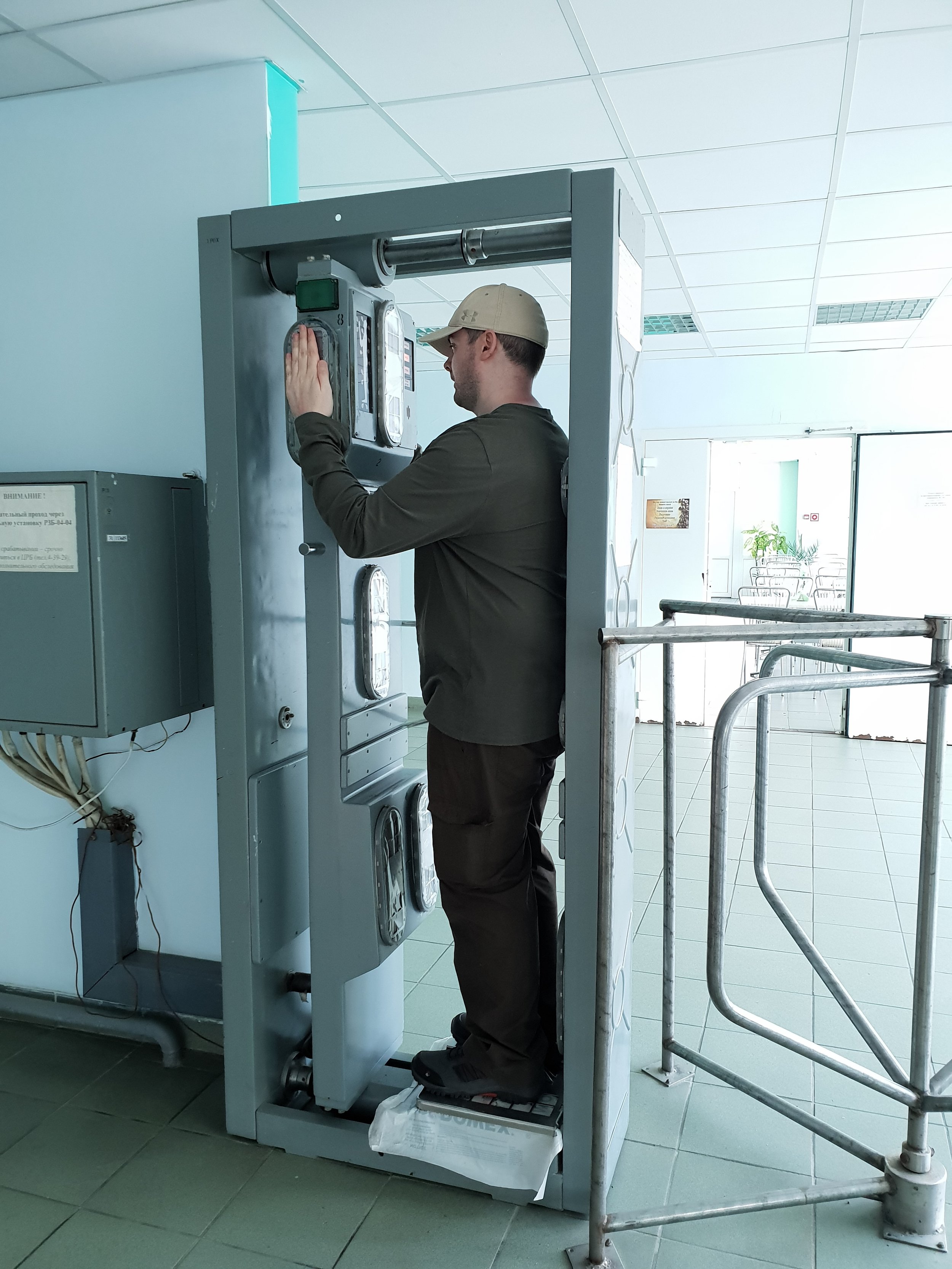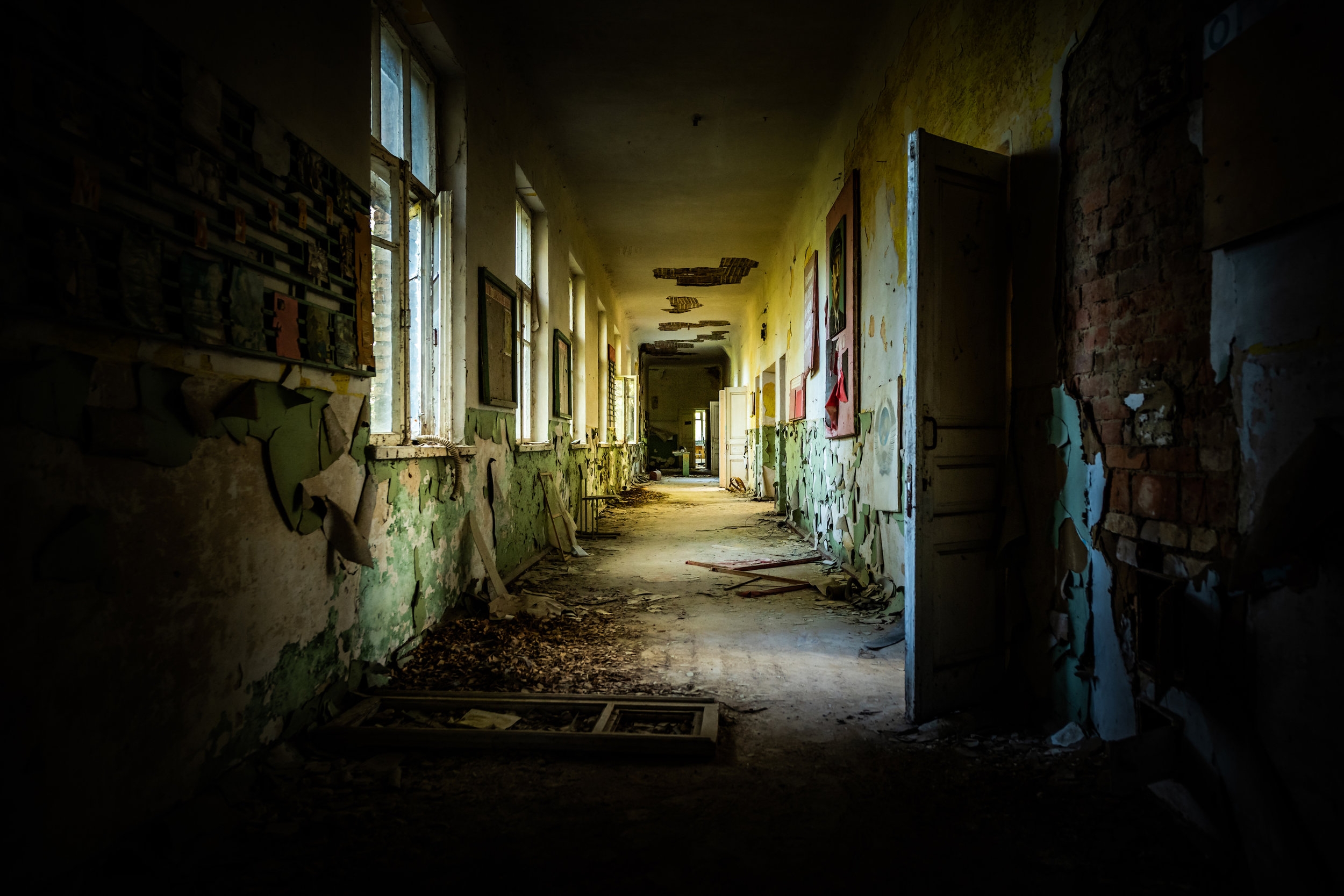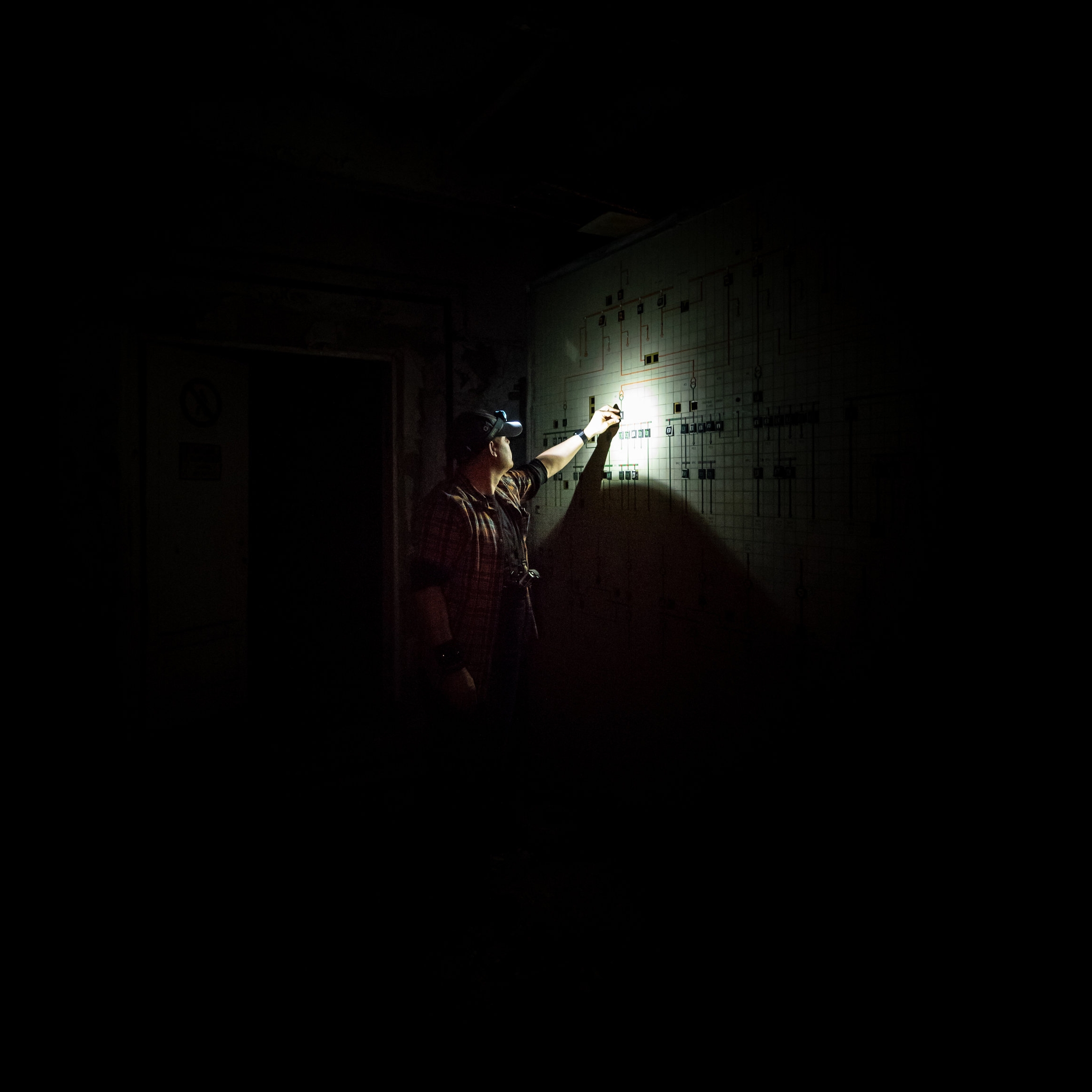From Portsmouth to Chernobyl One Local Creative's View
My name is Michael, I live in the Southsea area of Portsmouth. I became interested in photography around seven years ago after the passing of my mum, I went through a really rough time, shut myself away from everyone, and did not venture out for two years.
My first camera was a Nikon 3200, this was a gift from my partner Mellisa to try and help me get through my rough patch. It took some time but I eventually started going out again and slowly started interacting with new people via social media. The more I went out to take pictures the more interested in photography I became — I self-taught everything I know from books and magazines. I have taken pictures for family and friends to practice, including a prom, a wedding, and general everyday family pictures.
I always had an interest in urban exploring and came across Chernobyl through TV documentaries and the internet when I was a teenager. I started researching more on Chernobyl thinking of all the amazing images I could capture if I went there. I decided to start sharing some images via social media once my confidence had grown some more. I followed some local photographers and started seeing some images of Chernobyl from someone I followed.
Sarah had visited Chernobyl before and her images were brilliant! We began chatting about Chernobyl and she mentioned she wanted to take the trip again. Following some time planning we managed to book a trip for August 2018. It was booked via a third party, so I knew there were others going, this was a big thing for me as these people were complete strangers. I struggle with meeting new people so this was definitely outside of my comfort zone. I invited my niece Toni to come along with me as she is also interested in photography and it meant I had someone I knew going on the trip.
The camera I took with me was a Nikon D810, which I had recently purchased. We booked a hotel for just under a week in Kiev, Ukraine, with two nights and three days staying in a hotel in Chernobyl.
We were met at Kiev airport by our guide Nikolai of Gamma Travel, he took us to the Hotel Ukraine in central Kiev. From the moment we arrived in Ukraine I was impressed as there were so many potential images I saw just driving to the hotel. Our first night was spent in Hotel Ukraine, I had stunning views from my room window. Nikolai came by early the next morning to drive us to Chernobyl for our two nights stay in the zone, it was a few hours drive to Chernobyl from our initial base.
When we arrived in Chenobyl, we made our way to the hotel, checked in and left our luggage, then made our way to the zone having to go through a few military check points on the way. We also had to sign a waiver stating that we understood the risk of high levels of radiation and that we wouldn’t sue if we fell ill in the future. We were then given geiger counters to measure the levels of radiation in the different areas we were visiting.
Once we made it through the check points the first place we visited was the unfinished reactor number 5. This reactor was under construction at the time of the accident on reactor 4 and was 70% complete when building stopped. The reactor was a massive structure, from looking inside through an opening, we saw that materials inside the building were being removed by remaining workers, this meant that all that remained was mostly concrete pillars and metal beams. In addition to this, tower cranes that were being used to build the structure were left there when construction was halted, they have since collapsed into the water, making the building seem even more eerie.
We were then shown to the Chernobyl workers canteen to join them for lunch, this canteen is where we ate breakfast and dinner for the next few days. Once in the building we had to go through a radiation detector machine before going in to the canteen. The food being served was very interesting, it contained lots of different versions of eggs, chicken, pasta, and salad. It was quite tasty and definitely filled us up and gave us the energy needed for all the walking we did.
Over the next few days we visited various locations throughout the zone this included the Pripyat hospital. This was a very creepy building with loads of medical equipment still lying around, we visited the maternity ward which still had the baby cots in the nursery, the labour bed with the leg supports still attached, as well as loads of books, paperwork, and medicine jars.
Obviously the buildings are decaying so there is loads of dust and mould around, the floors and walls are crumbling and peeling. Unfortunately we were not allowed access to the hospital basement as the levels of radiation there are still very high due to this being where the fireman’s uniforms and the clothes of the first patients admitted after the accident were dumped before the evacuation. The clothes are in a pile on the floor of the basement omitting radiation.
We visited the morgue which is a separate building from the hospital but is nearby. This building again was in a state of disrepair, here we saw small jars of unknown samples in storage cupboards, there was a room with an autopsy table which had the sink and drainage pipes still attached.
Continuing our exploring we headed to the city of Pripyat which contained numerous apartment blocks. We walked to the top floor of one of the blocks, this was hard work but was fun. We walked up approx. 16 flights of stairs to get to the roof, as the lifts were out of order, probably due to the block having no power.
The view from the roof was amazing and peaceful, it was a strange feeling seeing all the abandoned buildings with nature taking over slowly. Walking on the roof in the heat was a tad scary. It felt very spongy and unsafe with only a rusted hand rail to stop us from falling.
The amusement park was another eerie place that we visited. It was built brand new the year of the accident and was due to be opened in time for mayday celebrations but was cancelled due to the disaster. The amusement park included a Ferris wheel, bumper cars, paratrooper ride, and swing boats. The Ferris wheel is still standing tall, some of the other rides only have the framework remaining due to weathering and looting. The amusement park is an amazing site to get some brilliant images.
We also visited the local school. This was a large complex with various buildings, one building had some creepy dolls lying around which allowed us to capture some creative images. There were a few small cot beds and some lockers. Another building had loads of text books, writing books, reading books, work tables and science equipment lying around. There was also an abandoned library in one of these building full of books.
Another location we visited was the Azure swimming pool. Here there were two concrete diving boards over the swimming pool. I managed to climb up to the top-level diving board which was a bit nerve racking, however this was something I wanted to do in order to get some quality images.
The next location we visited was a building called the Jupiter Plant which officially made cassette recorders and components for home appliances but also secretly made semiconductor components for the military. This building was very interesting, cassette players were smashed up all over the floor. The front of the building appeared official looking but at the back of the building there was a set of secure safe locked doors — possibly where the secret components were made. It is a massive building with a large warehouse and a slowly collapsing roof.
The trip continued with a visit to the abandoned ferry terminal. At this site there was a docking area with a lovely view, there were abandoned sinking boats on the water. There was also a nearby café which was architecturally amazing. I could picture the way it used to look when it was in full use. There were huge stained-glass windows in the largest open area, some of these still fully intact, they were brilliant to look at!
After clearing another check point, next on the tour was the Duga Radar Station also known as the woodpecker. From looking at photos you can’t really understand the scale and size of this structure, it is huge! We went down in to the underground control centre which monitored US missile attacks, lots of equipment is still at the damp underground bunker such as control panels, cabling, and switches.
We visited the North villages which included St. Elias church which is still an operating church, mostly made from wood, this gives an unprecedented look into life before the disaster. It retains a large amount of its original artefacts, including art work and murals. Occasionally priests return to the church to hold special rituals. This is an amazing church which makes you feel as though you are going back in time.
Also in this village was a small post office which still has a post box and a collection of stamps and letters inside.
We also made some new friends in the zone, packs of wild dogs, and Simon the fox who can be hand fed but you are not supposed to touch them. After our two nights and three days in Chernobyl we travelled back to our hotel in Kiev and spent the last few days sight seeing in Ukraine and doing some street photography in Kiev. Kiev is a beautiful city full of history.
I feel I have only seen a small portion of Chernobyl and know there is much more to be seen, a second trip is definitely on the cards for the future. From a photography point of view, it was definitely a good learning experience.
If people are deciding whether to go themselves, a few pieces of advice I would give are I would advise not to book with a large tour company if you are taking a photography trip because there will be too many people in the images and blocking the views as you don’t get a lot of time in each area.
I would personally highly recommend Nikolai from Gamma travel, as he has a vast amount of knowledge of the area and the disaster, he is also a very talented photographer himself so can easily recommend good areas for photos. He will also tailor your visit specifically to your requirements which means you can visit specific locations.
The zone can also close at any time with no warning due to military training or other undisclosed reasons, therefore I would advise to book more than one day in the zone so you are not disappointed.
If anyone has any questions, please feel free to contact me via social media.
WORDS: Michael Rutter
Find out more about the Gamma Travel tours here »
Please be sure to follow Michael on his Twitter and Instagram where he’s happy to chat with you about his trip.
Instagram: @MRutterUK
Twitter: @MRutterUK





















